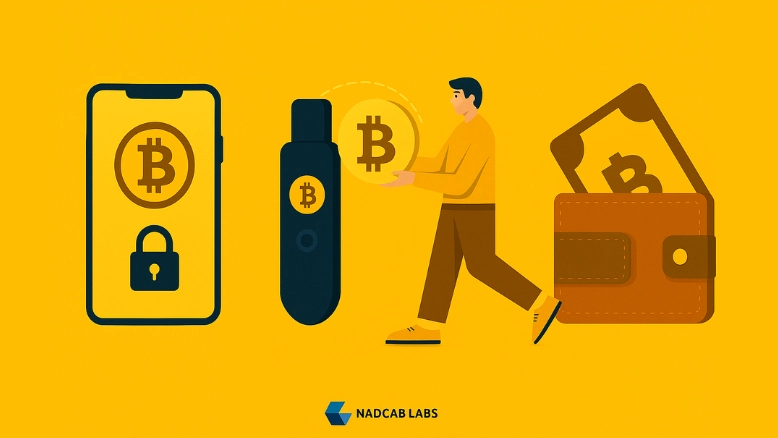Explaining Peer to Peer Network
A peer-to-peer network is created when two or more PCs are connected and share resources without going through a different server computer. This kind of structure is also being adopted in Peer to Peer Lending Platform Development, where users interact directly without a central authority.
Meaning of Peer-to-Peer Network
In the simplest term, a peer-to-peer network is a network that is created when two or more devices like computers are connected and share the resource. The main difference here is that a p2p network is unlike a conventional network system. Creates an ecosystem that is connected through computers.
It can be seen as a network where multiple computer systems are connected through a single server which enables the transfer of files from one end to the other. Similar to how Peer to Peer Lending Software connects users for direct borrowing and lending.
Why are these P2P Networks so Useful?
1. This network is highly scalable as adding new peers is an extremely easy and quick process as you do not need to do many central configurations on the server.
2. When it comes to filing sharing, the p2p network is the best, because it is very fast in its processing, it becomes extremely easy to store the same file on multiple peers.
3. This insures that every time one needs to download a particular file, the process of downloading from multiple locations can be done without any hassle.
These advantages make it a good fit for modern P2P Lending Software Development platforms, allowing users to connect and share data directly and quickly.
What is P2P Network Architecture?
P2P network architecture is a type of network where there is no division of activities among various other sections. Each node performs the same task and set of actions, where each device fulfills the purpose of both the server and the client.
In this model, the response of the network architecture established on the computer networking ecosystem is such that every workstation is responsive to the same task, but only a few devices are connected to the main server. This structure is widely utilized in P2P Bitcoin Solutions, enabling decentralized transactions without relying on a central authority. It’s also used in the development of P2P Lending Platforms for secure, user-to-user financial transactions.
Uses of P2P Network
So let us now tell you some common applications where the p2p network is used.
- P2P and copyright infringement: The first and most obvious application of a p2p network is related to copywriting in fragments as it is a file-sharing network client and server.Uses devices from both ends to become one of the most widely used platforms for sharing electronic media for mostly pirated contacts.Examples – Frostwire, kazaalite, Bit torrent, Limewire and GnutellaAs the name suggests, it allows users to access and transfer various types of multimedia such as videos, images, music, etc.
- File Sharing As the name suggests, it allows users to access and transfer various types of multimedia such as videos, images, music, etc.Uses devices from both ends to become one of the most widely used platforms for sharing electronic media for mostly pirated contacts.Examples – Bit Torrent, U Torrent, Ares Galaxy, Frost wire, and Bit Comment.This process is similar to the file handling seen in some Peer to Peer Lending Software platforms, which also rely on smooth data transfer.
- Blockchain When a p2p network is enabled on a blockchain, the network helps in the maintenance of a complete replica of the record insuring the accuracy of the data.Many decentralized financial applications and P2P Lending Software Development tools are based on this same principle of shared, verified records.
Final Takeaway
So it can be said that the P2P network is one of the most sophisticated technology. With its increasing role in blockchain and decentralized finance, the demand for P2P Lending Platforms is also growing, allowing people to interact and transact with more freedom and trust.






